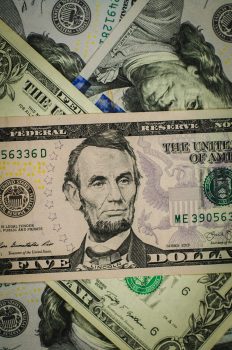(Spoiler: There are 19 Correct Answers)
Written by Mariela del Carmen Caparrós, WSC Legal
Argentina’s Return to Foreign Exchange ControlsÂ
Since September 2019, Argentina has returned to using currency controls to suppress capital outflows.  Along with various other government policies, this has fanned multiple exchange rates for the coveted U.S. dollar. Initially, there were two rates: The official rate (applicable to the Argentine banking system and import-export transactions) and the market or blue rate (the rate charged by the unlicensed moneychangers to move funds in and out of Argentina).
Blue is the New Black
As financial suppression rules increased to staunch remittances, the government made it impossible for residents to obtain dollars to pay dividends, to service related-party obligations, or to repay cross-border loans. As a result, alternative mechanisms used during the previous era of foreign exchange clamps (2011-2015) resurfaced:
- The “Blue-Chip Dollarâ€: The exchange rate for the purchase of dollar-denominated securities and the transfer of those securities abroad to a counterparty.
- The “Local Exchange Dollarâ€: The exchange rate for the purchase of dollar-denominated securities held in Argentina.
The Blue-Chip Dollar and the Local Exchange Dollar (referred to in the graphic as “Financial Dollarsâ€) hover around double the cost in pesos compared to the official exchange rate.
For a Few Dollars More (But Not at the Same Foreign Exchange Rate)
Argentine residents were quick to spend on foreign goods and services priced at the official exchange rate. To compensate for the leakage, the government taxed these purchases. The “Consumption Dollar†in the graphic encapsulates four distinct exchange rates: the “Netflix†Dollar (for foreign subscription services, taxed at 8%), the Credit Card Dollar (for purchases on an Argentine bank card) and the Luxury or “Qatar†Dollar (introduced at the time of the World Cup for purchases over US$300), and the Savings Dollar (the price applied to natural persons allowed to acquire up to US$200 per month for savings).
Read the full article here



